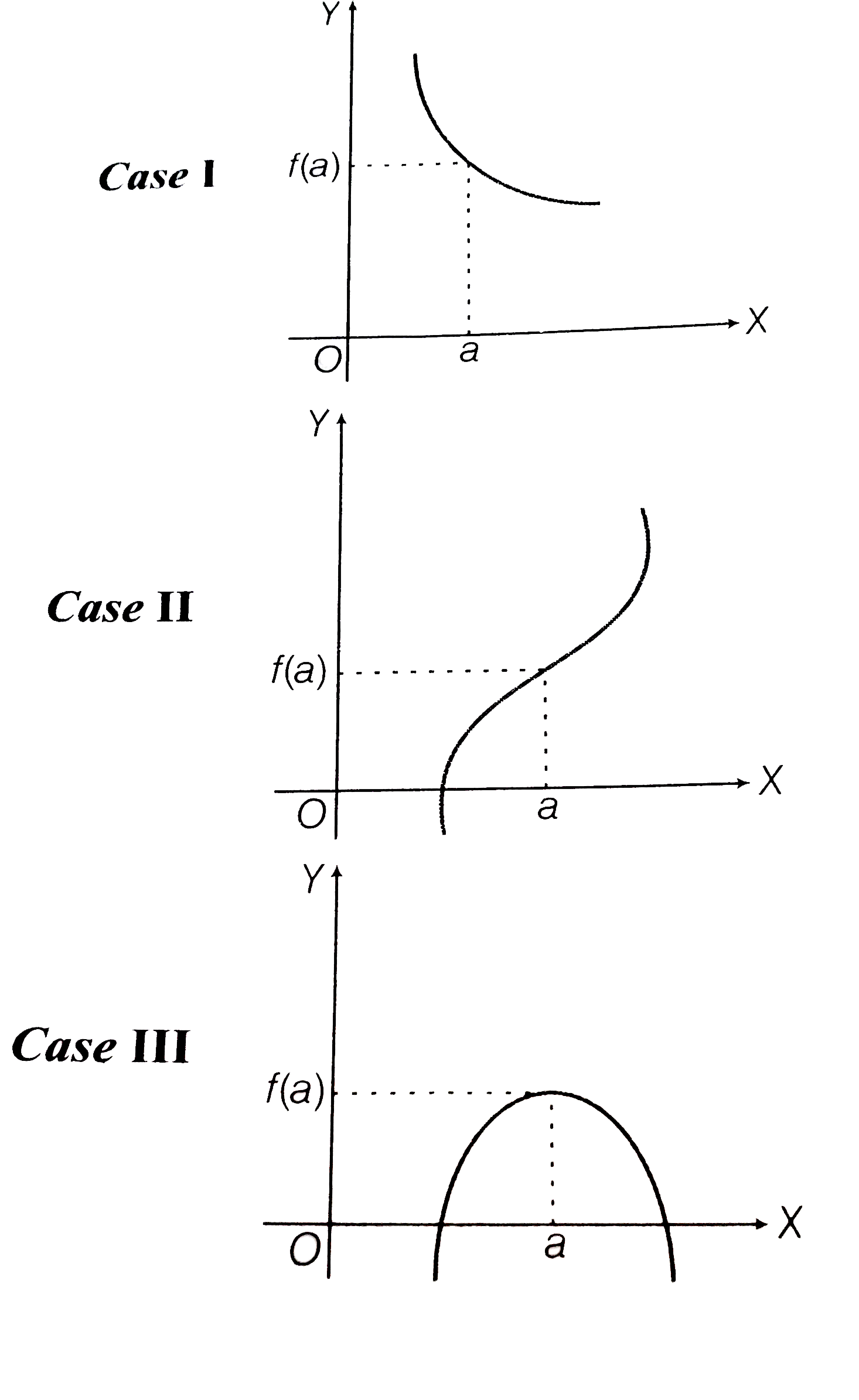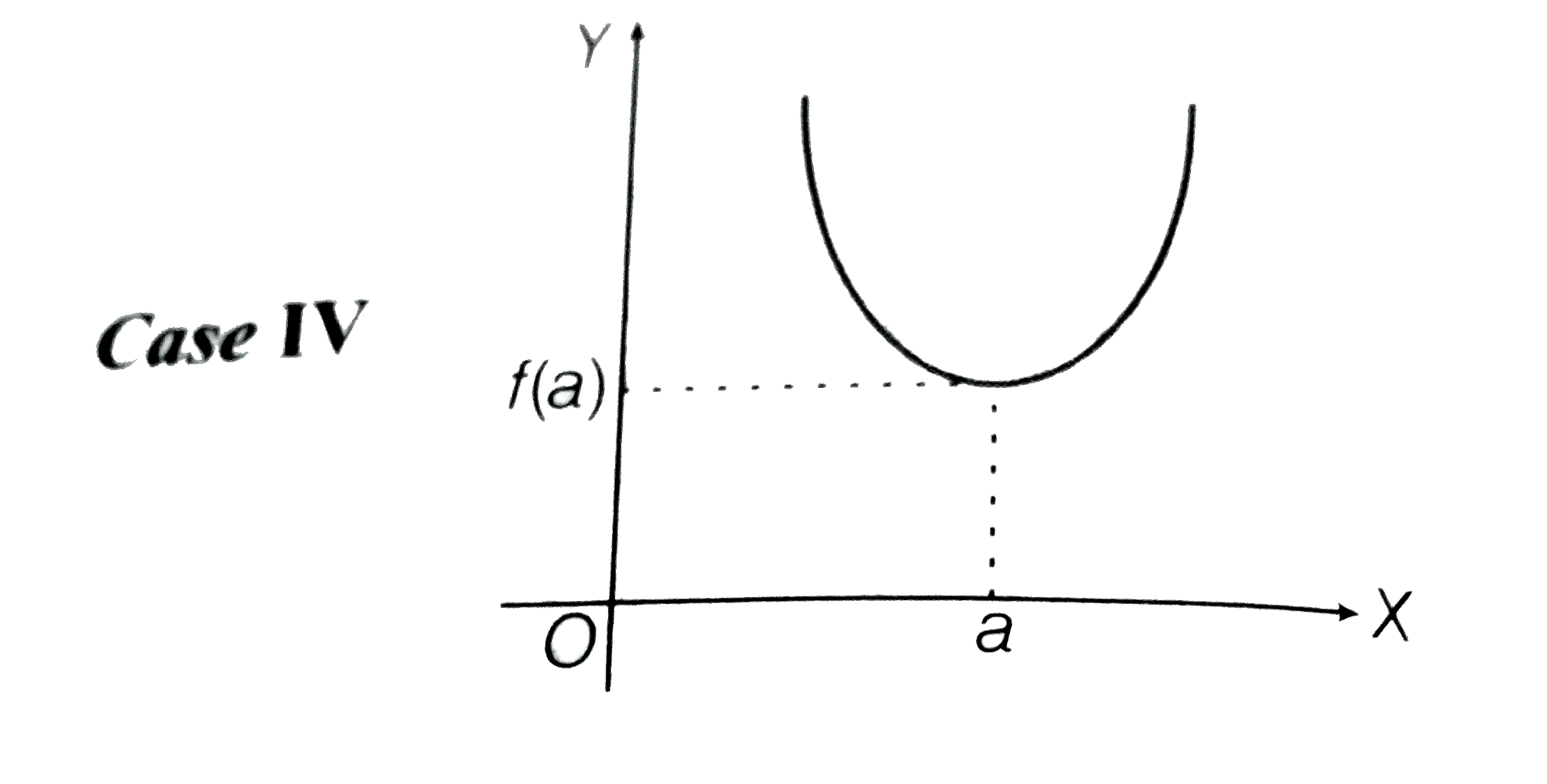The value of the limx→0xa[bx](a≠0)(where[⋅] denotes the greatest integer function) isSolution in Punjabi
a
b
ba
1−ba
The correct Answer is:A, C
Step by step video solution for The value of the lim_(x->0)x/a[b/x](a!=0)(where [*] denotes the greatest integer function) is by Maths experts to help you in doubts & scoring excellent marks in Class 12 exams.
Updated on:21/07/2023Topper's Solved these Questions
- LIMITSBOOK - ARIHANT MATHSCHAPTER - LIMITSEXERCISE - SOLVED EXAMPLES
1 Videos
- LIMITSBOOK - ARIHANT MATHSCHAPTER - LIMITSEXERCISE - Exercise (Single Option Correct Type Questions)
38 Videos
- INVERSE TRIGONOMETRIC FUNCTIONSBOOK - ARIHANT MATHSCHAPTER - INVERSE TRIGONOMETRIC FUNCTIONSEXERCISE - Exercise (Questions Asked In Previous 13 Years Exam)
8 Videos
- LOGARITHM AND THEIR PROPERTIESBOOK - ARIHANT MATHSCHAPTER - LOGARITHM AND THEIR PROPERTIESEXERCISE - Exercise (Questions Asked In Previous 13 Years Exam)
4 Videos
Similar Questions
To evaluate limx→a[f(x)], we must analyse the f(x) in right hand neighbourhood as well as in left hand neighbourhood of x=a. E.g. In case of continuous function, we may come across followign cases.


Iff(a) is an integer, the limit will exist in Case III and Case IV but not in Case I and Case II. If f(a) is not an integer, the limit exists in all the cases. ltbgt If f'(1)=−3 and limx→1[f(x)−12] does not exist, (where [.] denotes the greatest integer function), then
View Solutionlimx→0sin(πcos2(tan(sinx)))x2 is equal to
View SolutionIf α=3sin−1(611andβ=3cos−1(49), where the inverse trigonometric functions take only the principal values, then the correct options (s) is (are)
View SolutionIn Which quadrant Point (−2,−3) will be lie.
View SolutionThe value of lim_(x rarr0)[(x^(2))/(sin x tan x)] (Wherer [*] denotes greatest integer function) is
View SolutionThe value of lim_(x rarr0)[(sin x)/(x)] is (where [.] denotes greatest integer function)
View Solutionlim_(x->0) ([(-5sinx)/x]+[(6sinx)/x] .(where [-] denotes greatest integer function) is equal to
View SolutionThe value of the lim_(x rarr0)(x)/(a)[(b)/(x)](a!=0)(where[*] denotes the greatest integer function) is
View Solutionlim_(x rarr0^(-))([x])/(x) (where [.] denotes greatest integer function) is
View Solutionlim_(x -> 0)[sin[x-3]/([x-3])] where [.] denotes greatest integer function is
View SolutionGiven limx→0f(x)x2=2, where [.] denotes the greatest integer function, then
View Solutionthe value of ∫[x]0dx (where , [.] denotes the greatest integer function)
View SolutionValue of limx→0−[sin[x]x]+limx→0+[sin−1|x||x|]+limx→0−[−2xtanx] is (where [.] denotes greatest integer function)
View Solutionlimx→0[99tanxsinxx2]= Where [.] denotes the greatest integer function
View Solutionlimx→0|x|[cosx] जहाँ [⋅] महत्तम पूर्णांक फलन है, का मान है
View SolutionIf [.] denotes the greatest integer function then limx→0[x2tanx.sinx]=
View Solution
